Search
Search Results
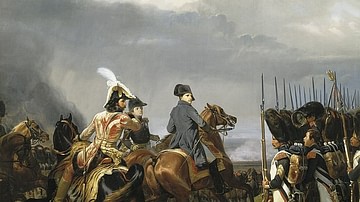
Article
Battle of Jena-Auerstedt
The twin battles of Jena and Auerstedt, both fought on 14 October 1806, marked a major turning point in the Napoleonic Wars (1803-1815). It saw the French Grande Armée, led by Emperor Napoleon I (r. 1804-1814; 1815) soundly defeat the Prussian...
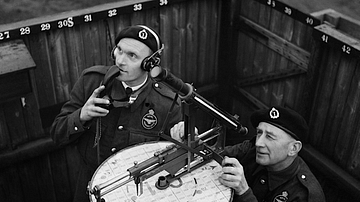
Image
Observer Corps Members Sighting Enemy Aircraft
A photograph showing members of the British Royal Observer Corps and the equipment they used to measure the altitude and position of incoming enemy aircraft during the Second World War (1939-45). The observers were an important element of...

Definition
Józef Poniatowski
Prince Józef Poniatowski (1763-1813) was a Polish soldier and patriot, who served as commander-in-chief of the Polish army during the Napoleonic Wars (1803-1815). A steadfast ally of French Emperor Napoleon I (r. 1804-1814; 1815), Poniatowski...
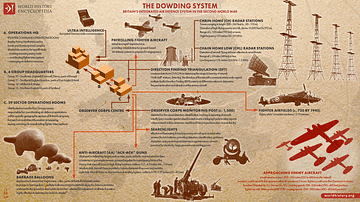
Definition
Dowding System
Britain's integrated air defence system in the Second World War (1939-45), known as the Dowding System after the air chief marshal of that name, included code-breakers, radar stations, observers, searchlights, barrage balloons, anti-aircraft...

Definition
Peace of Callias
The Peace of Callias (aka Kallias) refers to a possible peace treaty made in the mid-5th century BCE between Athens and Persia following the Persian Wars. The existence of such a treaty is not agreed upon by all historians, and if it did...
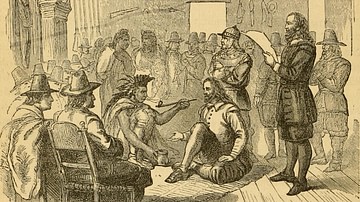
Definition
Pilgrim-Wampanoag Peace Treaty
The Pilgrim-Wampanoag Peace Treaty is the document drafted and signed on 22 March 1621 CE between governor John Carver (l. 1584-1621 CE) of the Plymouth Colony and the sachem (chief) Ousamequin (better known by his title Massasoit, l. c...
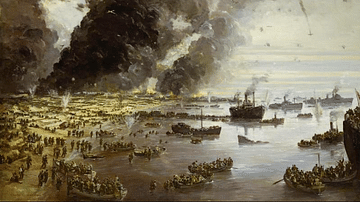
Definition
Dunkirk Evacuation
The Dunkirk Evacuation of 26 May to 4 June 1940, known as Operation Dynamo, was the attempt to save the British Expeditionary Force in France from total defeat by an advancing German army. Nearly 1,000 naval and civilian craft of all kinds...
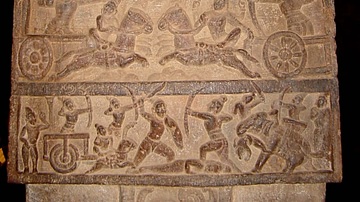
Article
Chariots in Ancient Indian Warfare
The chariot was the elite arm of ancient Indian armies in the Vedic (1500 BCE – 1000 BCE) and Epic periods (described by the Ramayana and the Mahabharata, 1000-600 BCE) because of the advantages it conferred and the selection of plain...
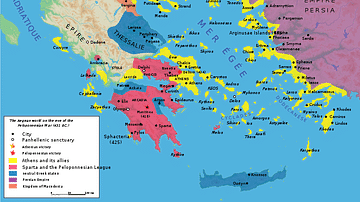
Article
The Delian League, Part 2: From Eurymedon to the Thirty Years Peace (465/4-445/4 BCE)
This text is part of an article series on the Delian League. The second phase of the Delian League's operations begins with the Hellenic victory over Mede forces at Eurymedon and ends with the Thirty Years Peace between Athens and Sparta...

Interview
Interview: Kutuzov a Life in War and Peace by Alexander Mikaberidze
Join World History Encyclopedia as they have a chat with author Alexander Mikaberidze all about his new book Kutuzov: A Life in War and Peace, published by Oxford University Press. Kelly: Thank you so much for joining me today, Alex. It...